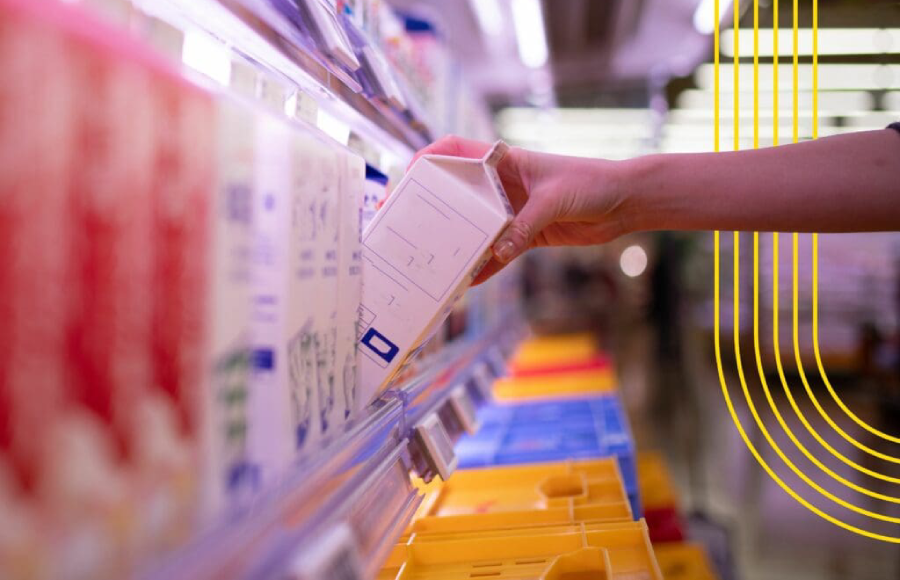Record-Low CPG Innovation Means More Opportunities for Startups

As global Consumer Packaged Goods (CPG) innovation hits a record low, the urgency for companies to reimagine their approach has never been greater. Mintel’s latest analysis reveals a concerning decline in genuinely innovative new products, with significant implications for established brands and emerging startups alike.
According to Mintel’s Global New Product Database, only 35% of CPG launches in the first five months of 2024 represent truly new products. This marks the lowest rate of innovation recorded since Mintel began tracking new product introductions in 1996. The remaining 65% of launches were categorized as renovations (line extensions, reformulations, or relaunches).
This decline is particularly pronounced in the Americas. In Latin America only 28% of new CPG products qualify as genuinely innovative, mirroring the broader regional decline observed in North America (29%). This contrasts sharply with higher levels of innovation reported in regions like the Middle East, Africa, and Asia-Pacific, which benefit from faster economic growth and a more entrepreneurial mindset.
The stagnation in innovation comes at a time when many large CPG companies have enacted substantial price increases without corresponding improvements in product value. This has led to increased consumer preference for private-label alternatives. For instance, recent data indicates that nearly a third of US adults have shifted to buying more store brands in response to rising prices.
Food and drink categories have been particularly affected, with innovation in this sector dropping to just 26% of new products in early 2024, down from 50% in 2007. This decline reflects a preference among food and drink manufacturers for launching new varieties or packaging rather than entirely new products. Complex supply chains and low margins have contributed to this trend, making it challenging for food and drink companies to introduce truly innovative offerings.
The impact of COVID-19 and subsequent global disruptions, including the war in Ukraine, have exacerbated the challenges facing CPG companies. These events have disrupted research and development processes and redirected focus towards managing immediate operational issues rather than fostering innovation. Consumers, too, have prioritized value for money over novelty, further stifling the drive for new product development.
Despite these challenges, the period of low innovation presents a notable opportunity for startups. Larger companies’ reduced emphasis on R&D has allowed new entrants to capitalize on digital technologies and evolving consumer preferences. For example, companies like Harry’s razors and OLIPOP have leveraged this gap to establish themselves in competitive markets. McKinsey’s analysis highlights that between 2016 and 2020, small and medium-sized brands contributed 45% of CPG growth, compared to 25% by leading brands and 30% by private labels.
The rise of Artificial Intelligence (AI) and eCommerce is also reshaping the landscape, potentially lowering barriers to entry for smaller, nimble brands. AI technologies are enabling startups to innovate more rapidly and efficiently, posing a growing threat to traditional CPG giants that must adapt or risk losing market share.
In response, major CPG firms are increasingly turning to in-house venture capital units to engage with startups. This strategy aims to inject innovation into their portfolios by investing in emerging companies and gaining insights into new market trends.
Read Mintel’s complete analysis here.


Responses